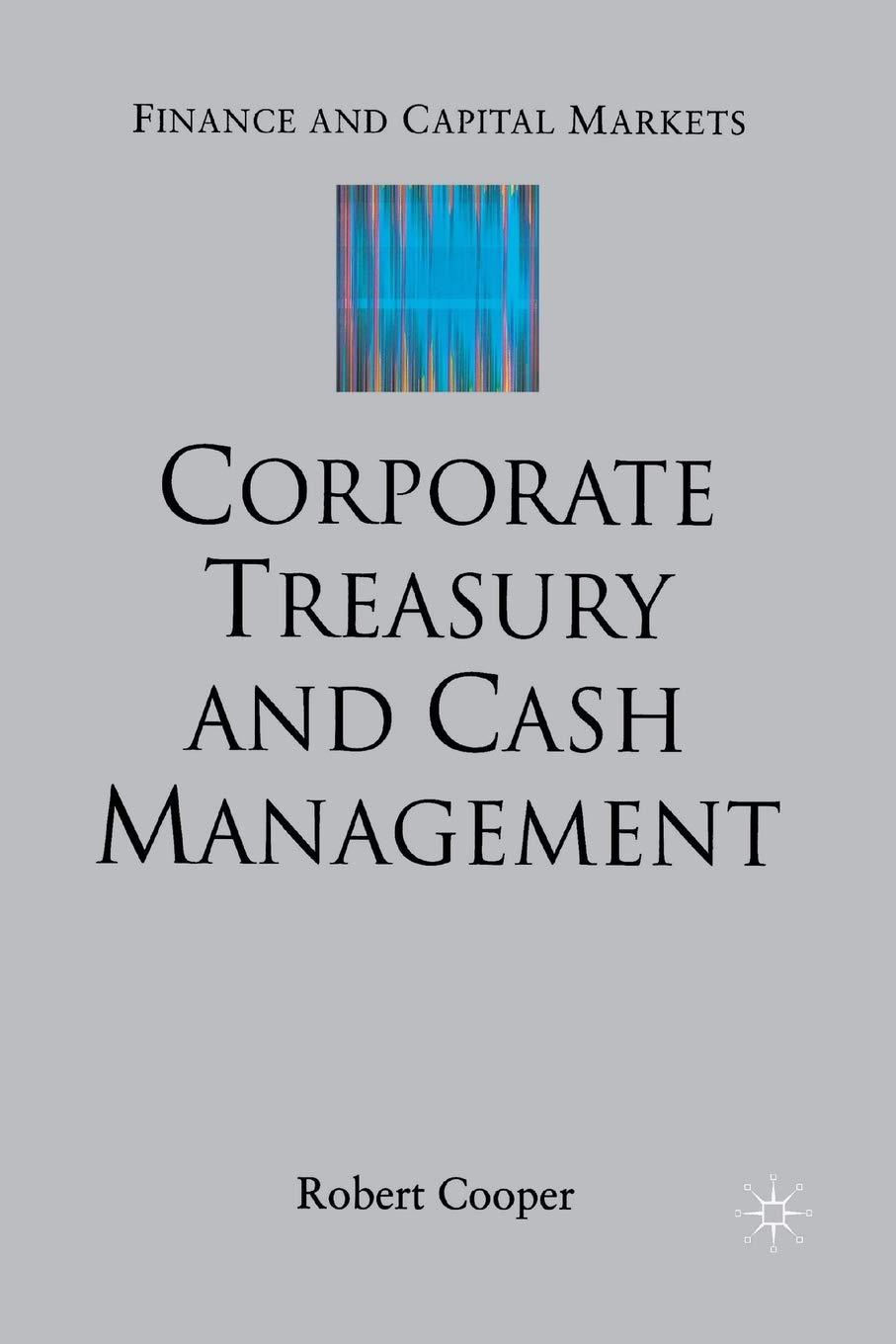Question
86) Which of the following are signs that your assumptions might be incorrect or unrealistic in a DCF analysis? a) The Present Value of the
86)
Which of the following are signs that your assumptions might be incorrect or unrealistic in a DCF analysis?
a) The Present Value of the Terminal Value comprises 75% or more of the companys implied Enterprise Value.
b) The Present Value of the Terminal Value comprises only 30% of the companys implied Enterprise Value.
c) The projection period is 10-15 years rather than 5 years.
d) The projection period is 3-4 years rather than 5-10 years.
e) In the Terminal Period, you assume that CapEx = D&A because in the long-term the companys Net PP&E balance should not be changing.
f) In the Terminal Period, CapEx exceeds D&A because of inflation as well as the companys need for continual re-investment to maintain its final year FCF.
g) You have included the expense associated with unfunded pensions in your FCF projections, so you have also subtracted the Unfunded Pension Liability when backing into Implied Equity Value from Implied Enterprise Value.
h) You have built a sensitivity table that shows the companys implied Enterprise Value relative to its average revenue growth and average EBITDA margins.
i) You have built a sensitivity table that shows the companys implied Enterprise Value relative to overall GDP growth and the interest rates set by the central bank.
j) You have picked a Terminal EBITDA multiple such that the implied long-term FCF growth rate is 2%, compared to the expected GDP growth rate of 3%.
96)
The point of Enterprise Value is to assess the companys value regardless of its capital structure. In other words, $100 of Debt, Equity, or Preferred Stock all contribute the same exact amount to Enterprise Value: $100. However, the theory behind Weighted Average Cost of Capital (WACC) seems to disprove, or at least argue against, the notion that a companys value is independent of its capital structure. How do the concepts of Cost of Equity and WACC imply that a companys value does, in fact, depend on its capital structure?
a) Because of taxes (interest on debt will provide tax benefits), default risk (debt and preferred increase the risk to all investors), and agency costs (different investors may want the company to pursue different agendas).
b) Because the companys capital structure (current or targeted) affects its Cost of Equity, and so its capital structure will impact more than just each individual term in the WACC formula.
c) Because there is wide disagreement about how to calculate Cost of Equity, in large part because people disagree on how the capital structure should affect it.
d) Because the risk-free rate and equity risk premium will fluctuate based on a companys capital structure: investors will expect a heavily levered company to also generate higher returns.
100)
Assume that a company youre valuing is currently using no debt and no preferred stock in its capital structure (i.e., its 100% equity).
Which of the following will happen when the company goes from using no debt to using SOME amount of debt?
a) The Cost of Equity will go up due to the added risk of bankruptcy, but the Cost of Debt will stay the same.
b) Both the Cost of Equity and the Cost of Debt will increase.
c) WACC will increase because both the Cost of Equity and the Cost of Debt increase.
d) WACC will decrease initially, but will then increase past a certain level of debt because the additional risk from debt will outweigh its benefits.
e) The companys implied Enterprise Value will increase initially, but will then decrease past a certain level of debt.
f) The companys implied Enterprise Value will stay the same because Enterprise Value is a capital-structure-neutral metric.
Step by Step Solution
There are 3 Steps involved in it
Step: 1

Get Instant Access to Expert-Tailored Solutions
See step-by-step solutions with expert insights and AI powered tools for academic success
Step: 2

Step: 3

Ace Your Homework with AI
Get the answers you need in no time with our AI-driven, step-by-step assistance
Get Started


